SUMMARY
This is AI generated summarization, which may have errors. For context, always refer to the full article.
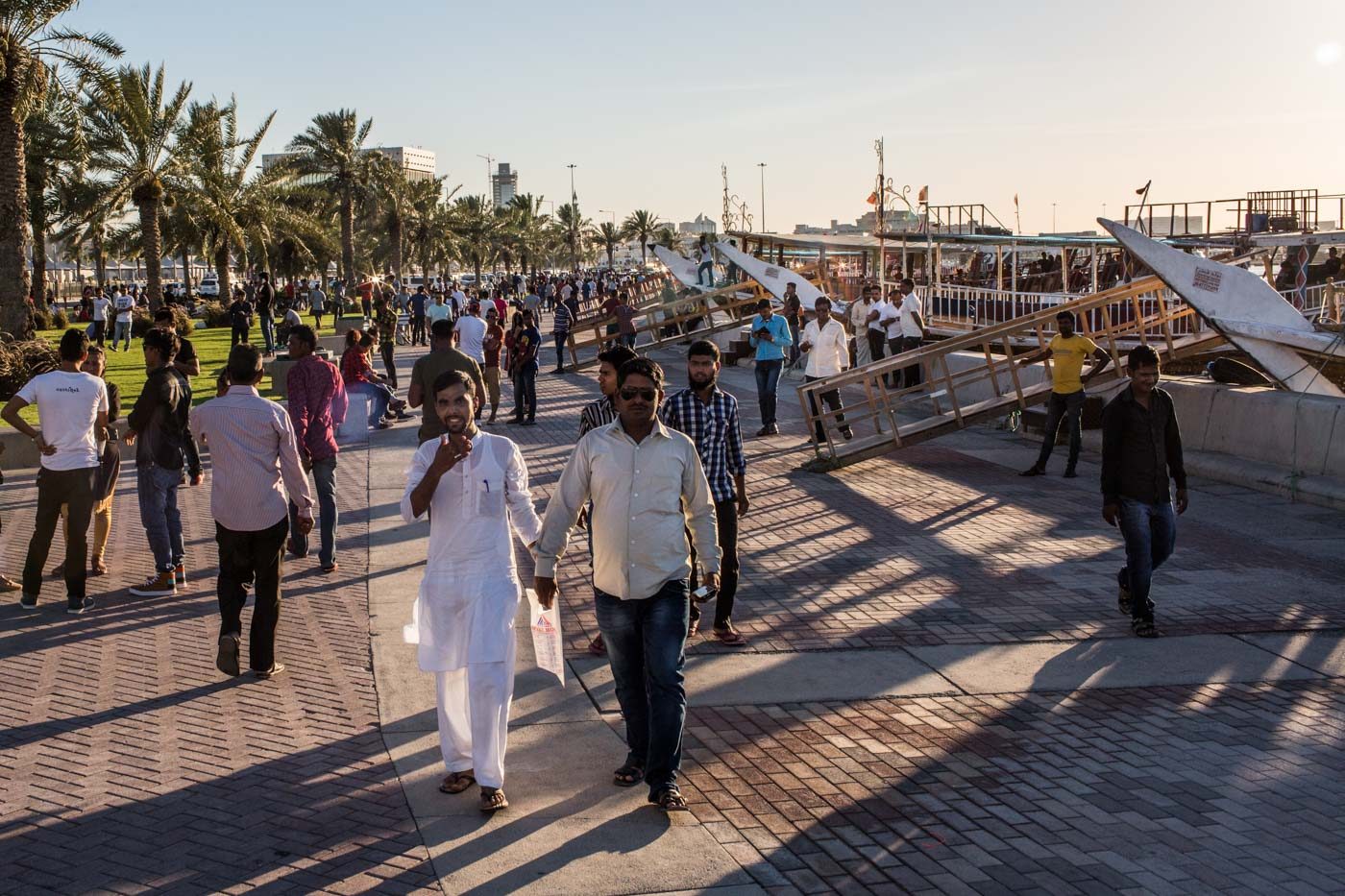
DOHA, Qatar – Qatar’s migrant workers far outnumber its local population. About 90% of Qatar’s population is made up of labor migrants and you see them everywhere – manning shops, primping and cutting in salons and mostly, welding and hammering in construction sites.
Friday is their one rest day and the only day they have to themselves. However, there are limited places where migrants can go on their day off because of transportation constraints and costs.
Still, migrants find ways to welcome Fridays and unwind.
1. The Corniche
On Fridays, Doha’s famous and picturesque boardwalk, The Corniche, turns into a public park where migrants gather. They stroll along the boardwalk and enjoy the view of the Doha skyline on the other side of The Corniche.
2. Community organizations
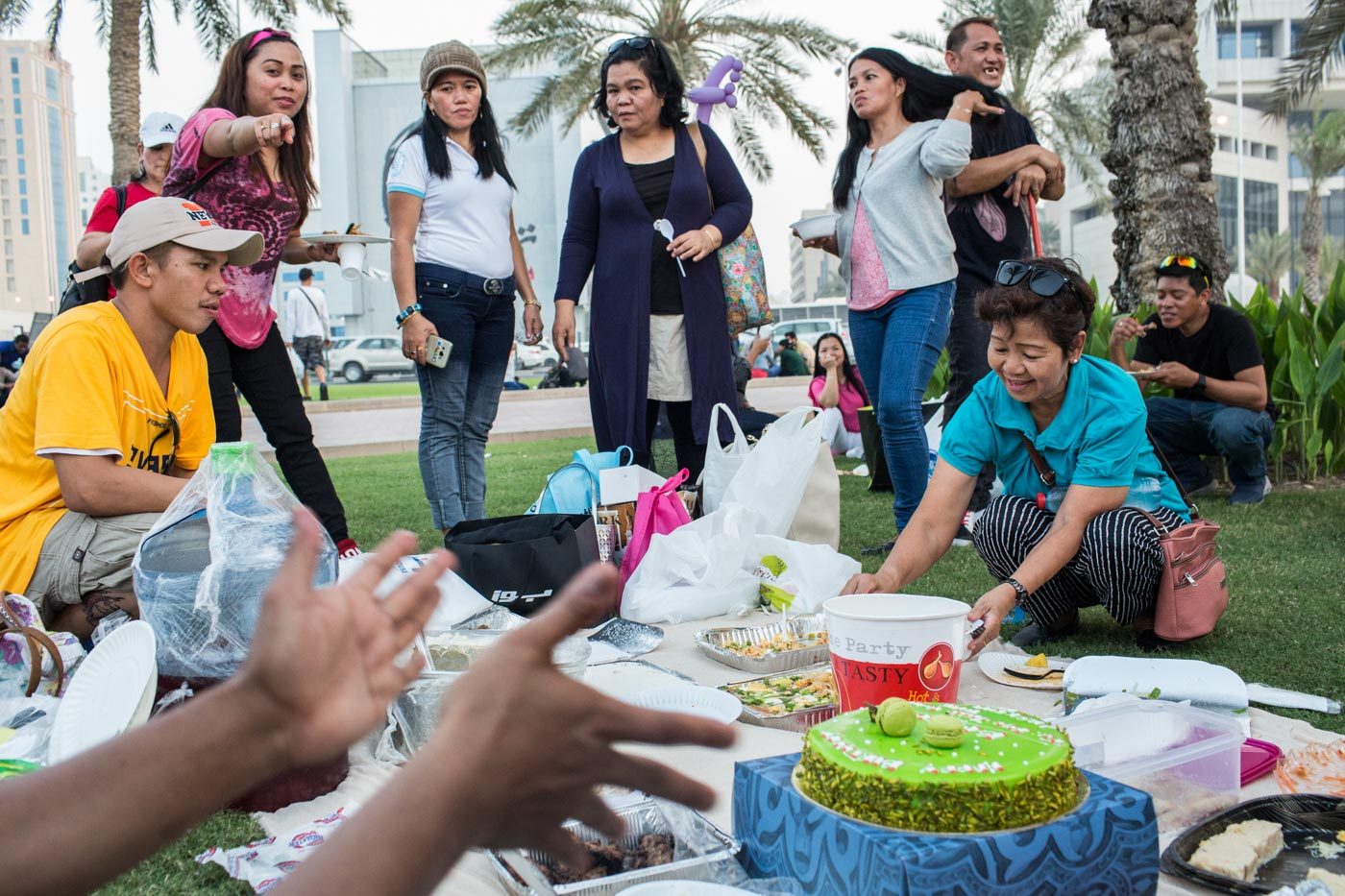
Migrant community organizations bring food and gather at The Corniche to have a picnic and play games. When it is someone’s birthday, there will be cake and gifts. Police in plain clothes often patrol The Corniche and monitor these gatherings.
3. Floating dance floor
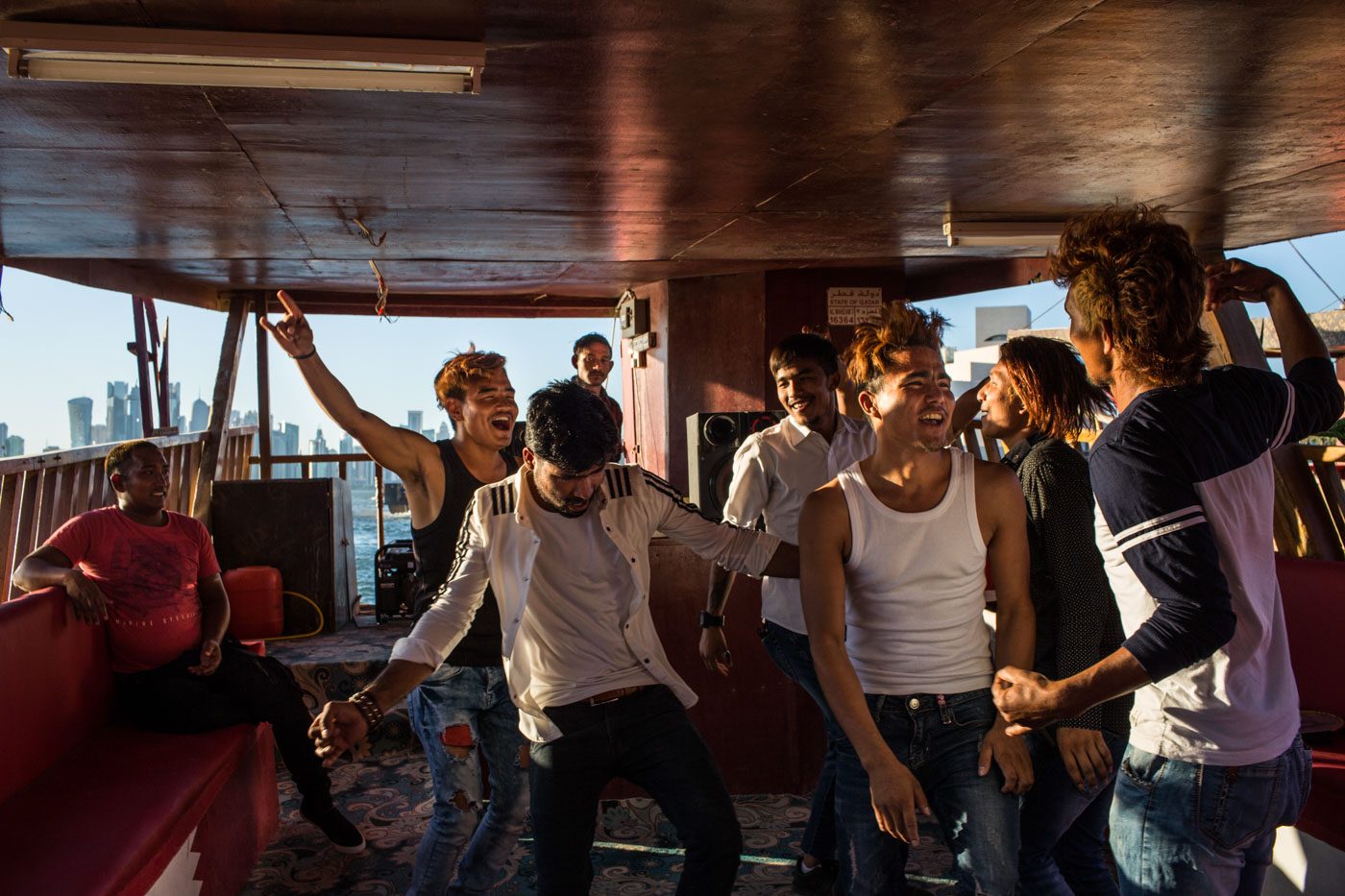
No dance floor, no problem. Nepalese guest workers pay QAR10 (P138*) each to rent a boat called a “dhow” to sail along The Corniche as they turn up the music and dance.
4. Doha Fashion Fridays
Most of Qatar’s labor migrants are men who work at construction sites. They are often called “men in blue jumpsuits.” Only the color of their helmet, which is based on their function, differentiates them. But on Fridays, the men shed the blue overalls and experiment with color and style.
An Instagram account called @dohafashionfridays started documenting how Qatar’s guest workers dress up for their day off.
“Some of these guys are so dressed up, they look like models. For me, that’s the ultimate revolt against that blue jumpsuit, thinking, ‘I have one day off, I’m probably not going to meet a girl, so here’s me, dressing for me,’” said Khalid Albaih, the creator of the Doha Fashion Fridays Instagram account in an interview with The Independent UK. Albaih is a Sudanese artist and political cartoonist who has lived in Doha since he was 10 years old.
5. Cricket
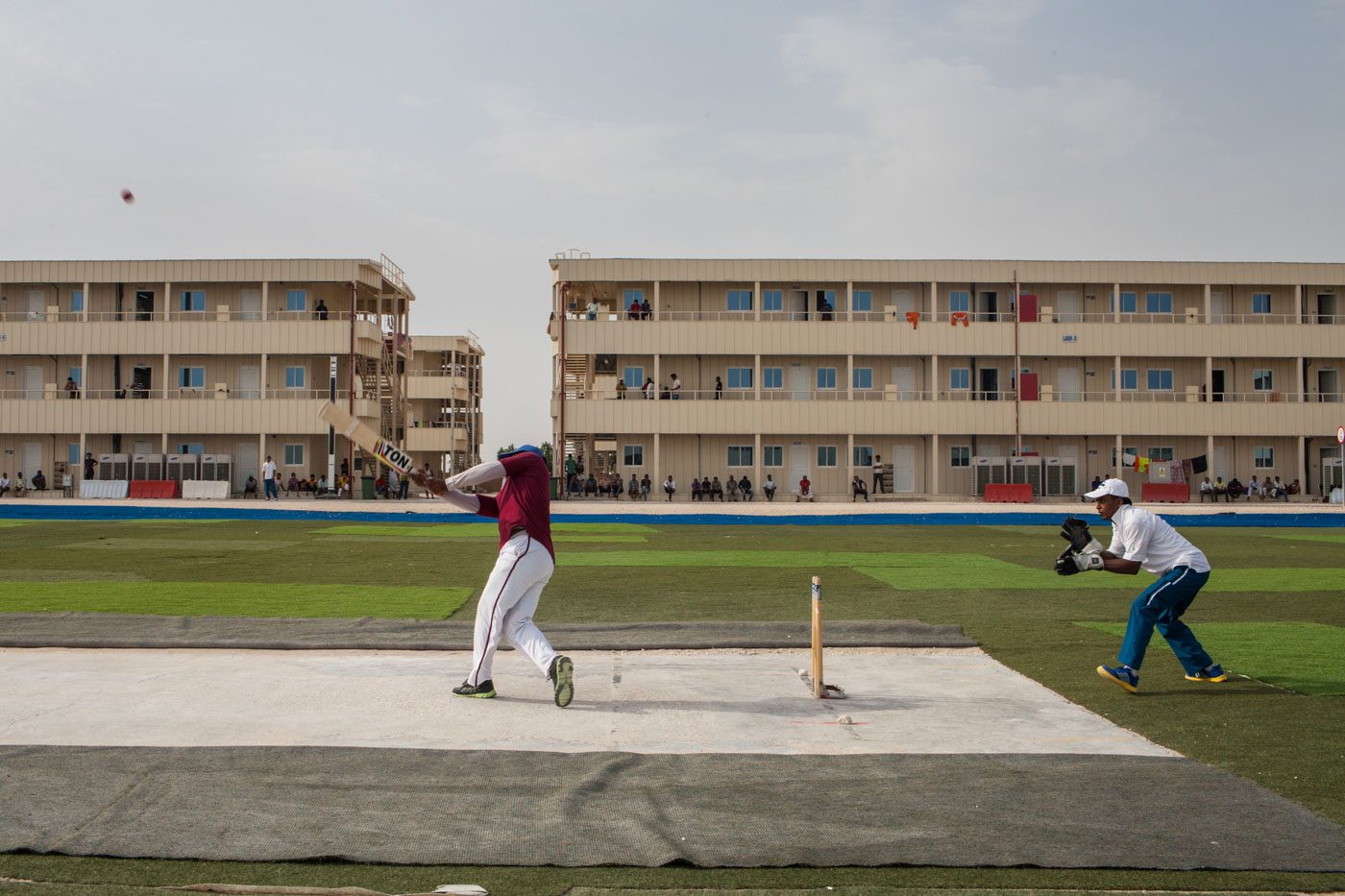
Cricket is a popular sport especially among South Asian migrants. Access to cricket clubs and the equipment can be prohibitive but it doesn’t stop workers from setting up make-shift pitch in their labor camps, dirt roads, or parking lots so they can play. For many workers, cricket is a way of remembering home.
6. Football and the Workers’ Cup
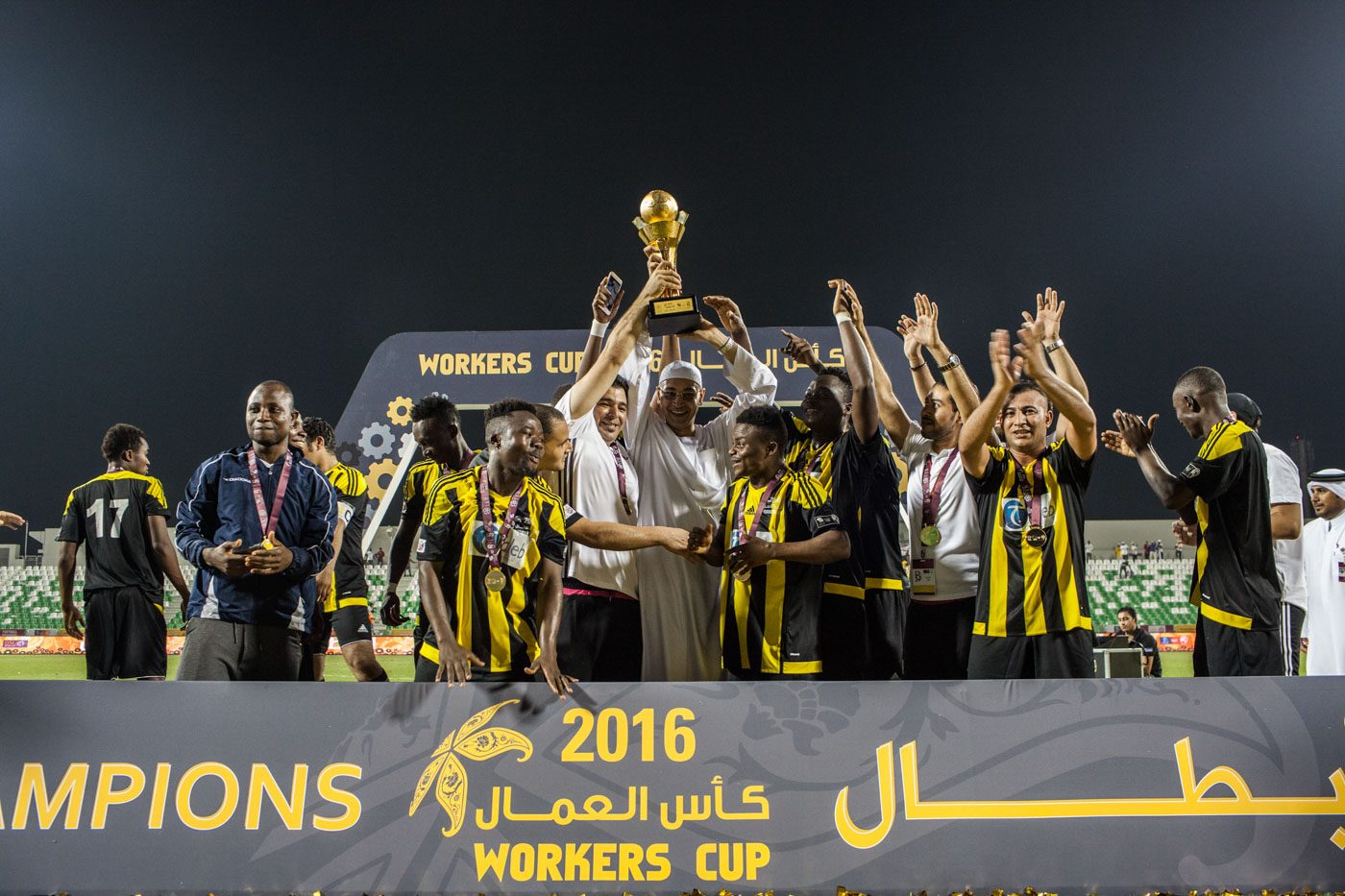
Every year since 2013, Doha has held the Workers Cup, a football competition where all the players are guest migrants. Each team represents a local company that employs the workers who are putting Doha together steel bar by steel bar.
The Workers Cup is co-sponsored by the Supreme Committee for Delivery and Legacy, who also oversees World Cup-related projects. The games are a government move to create more favorable living and working conditions for its army of laborers.
Workers practice throughout the year to play in yearly competitions, which usually take place in April. Other workers may not be playing out on the pitch but come in droves to cheer for their teams.
“This tournament will make people know that we are footballers, and not just laborers,” Jerry Ayitey, a 22-year-old construction worker from Ghana who plays as a defender for Taleb Group, said in an interview with The New York Times.
7. Shopping Mall
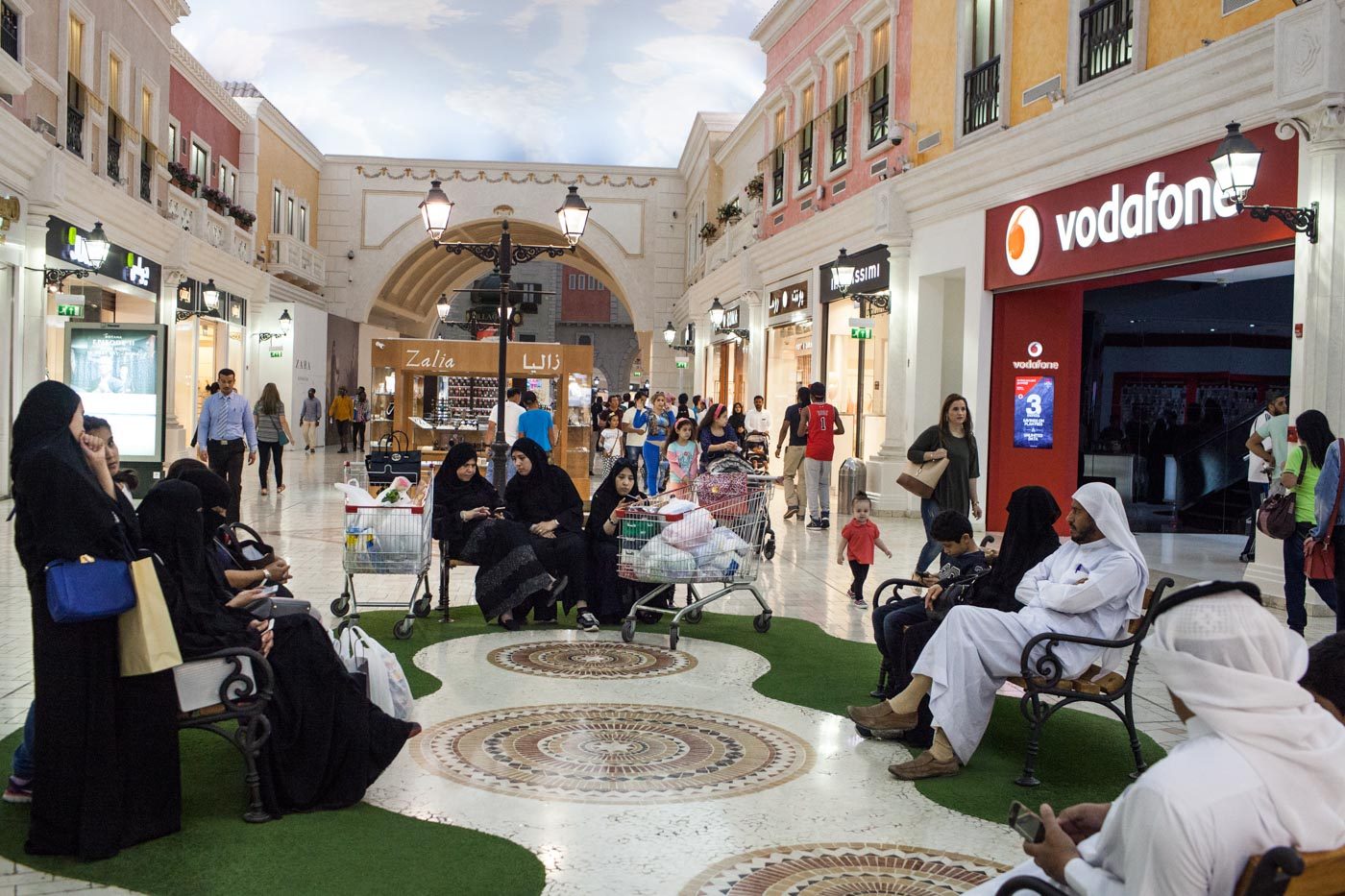
During the desert state’s hottest summer months of June till October when temperatures soar up to 120 degrees, Doha’s glittering malls offer a simple but much sought after luxury: strong air-conditioning. Fridays are tagged as “Family Day.” Unmarried men cannot enter the malls. Many say this is just another way of excluding labor migrants who come to Qatar without their families and are by default, single.
Asian Town, a mall outside of the Doha City Center, is made for migrant workers who mostly come from South and Southeast Asia. Asian movies are shown and there is even a cricket stadium. Some say Asian Town gives laborers affordable leisure options; others say it is another way of segregating labor migrants from the local population.
8. Nights outside in Musharib
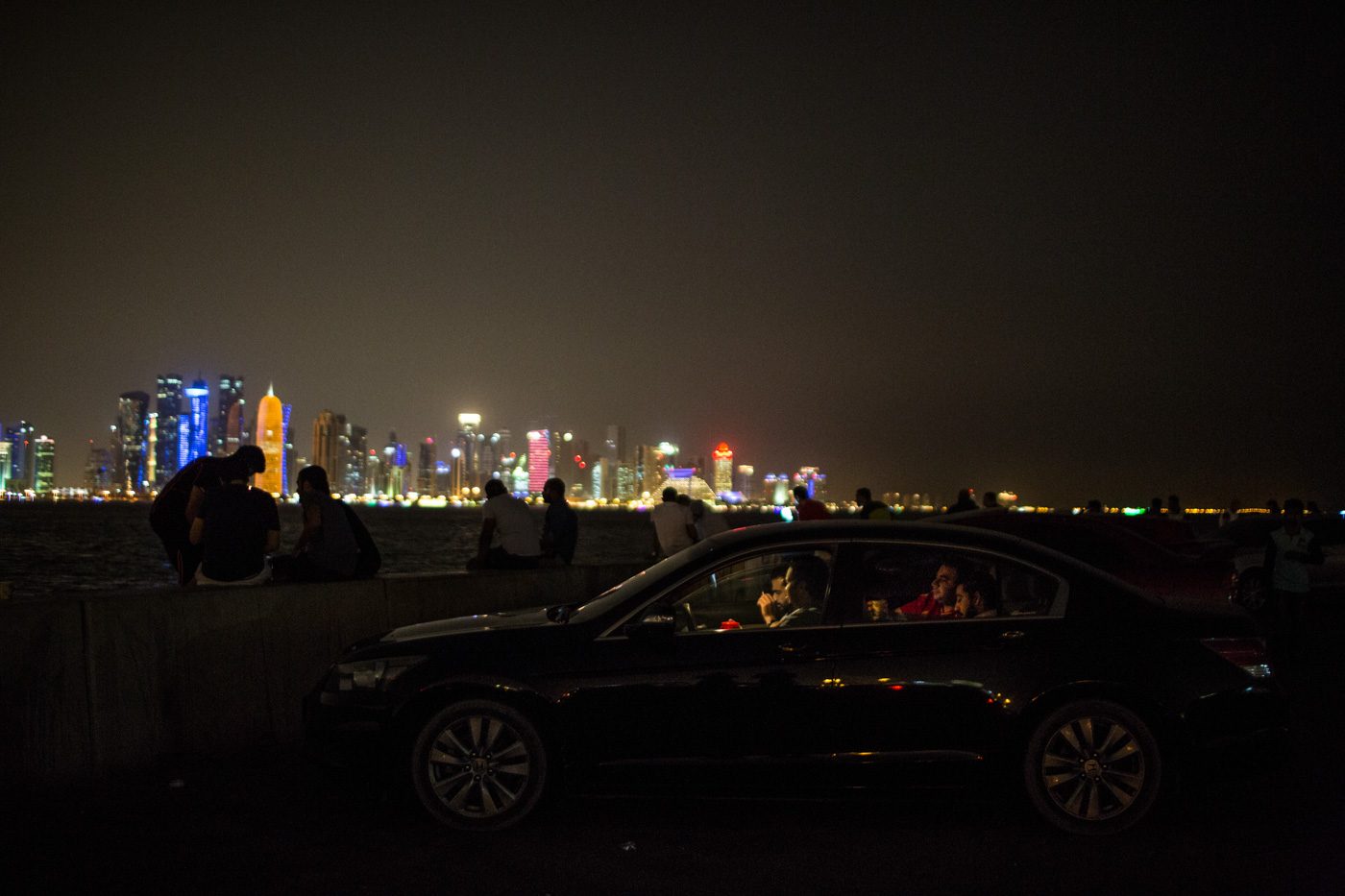
With many public areas out of reach because of policy or price, there are limited areas where migrants can gather. When night comes, clumps of men start gathering in the Musharib parking lots or along The Corniche parking areas as early as Thursday night. They sit around and share a QAR 10 (P138*) biryani rice meal among themselves. They regroup on Friday nights before starting another work week on Saturday.
9. Nightclubs
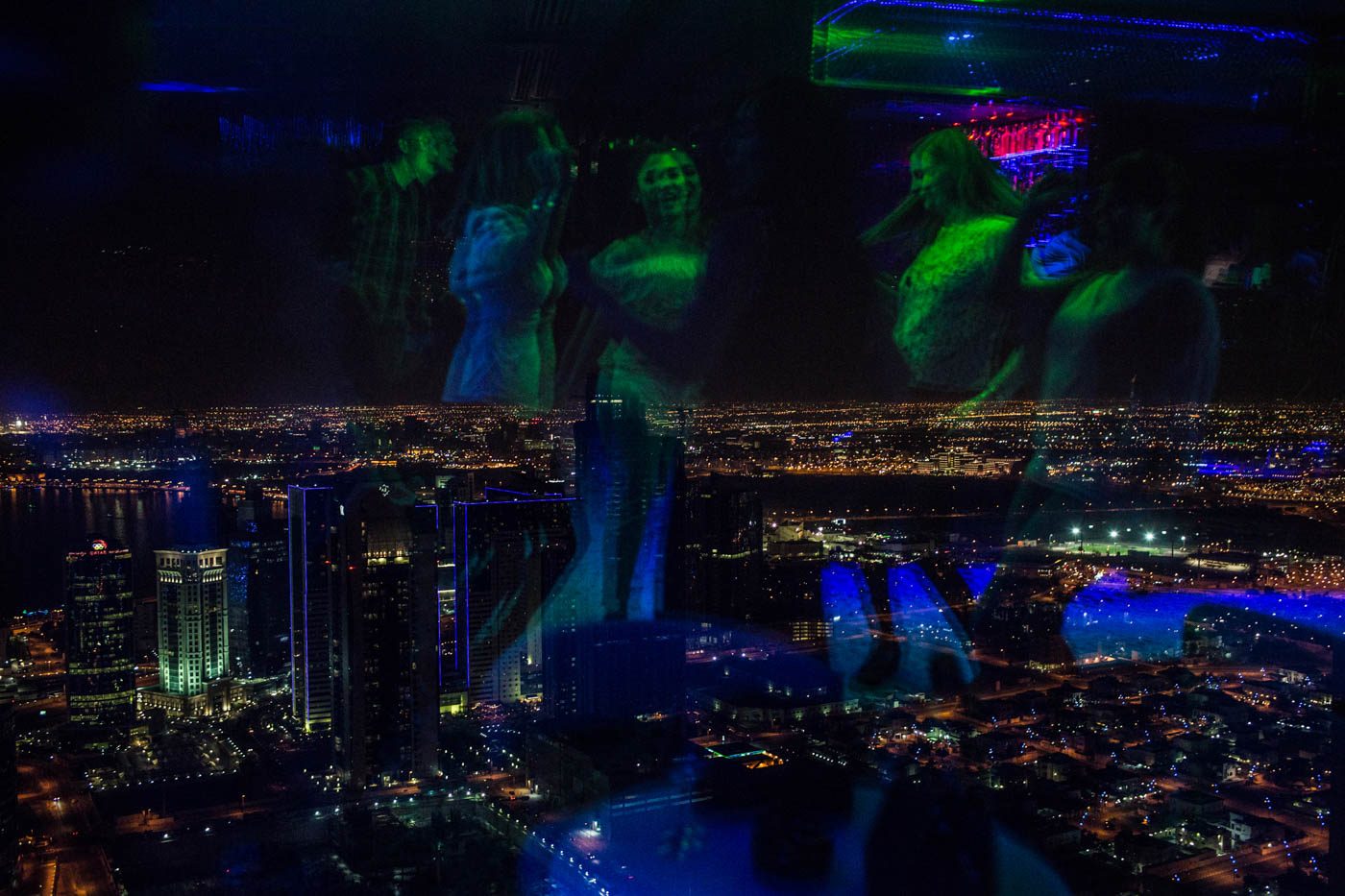
Alcohol in Doha in scarce. Sale is highly restricted and only a handful of nightclubs located in international hotel chains are licensed to serve alcohol to customers. Generally, women get in for free but men have to pay an entrance fee of QAR 100 (P1,382). At one nightclub, IDs are scanned and entrance tickets come in the form of plastic cards (like a credit card) complete with a photo.
10. Hair cut
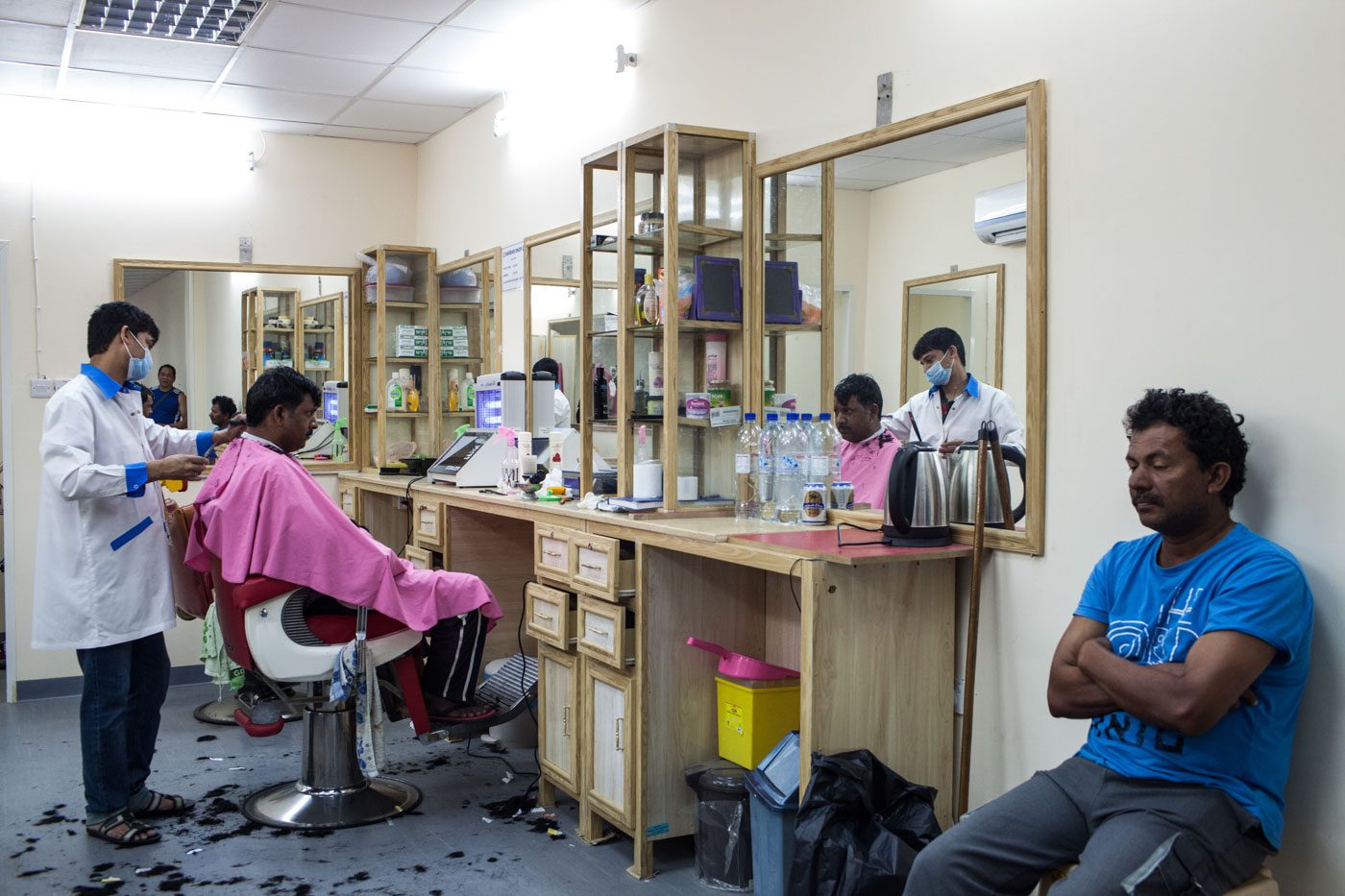
The men who work in construction sites live in labor camps that are far away from the City Center. With access to provisions far away, the labor camps function like small cities with their own small groceries, “hotels” which is what biryani eateries are called, and barber shops. (WATCH: A look inside Qatar’s labor camps)
12. No day off
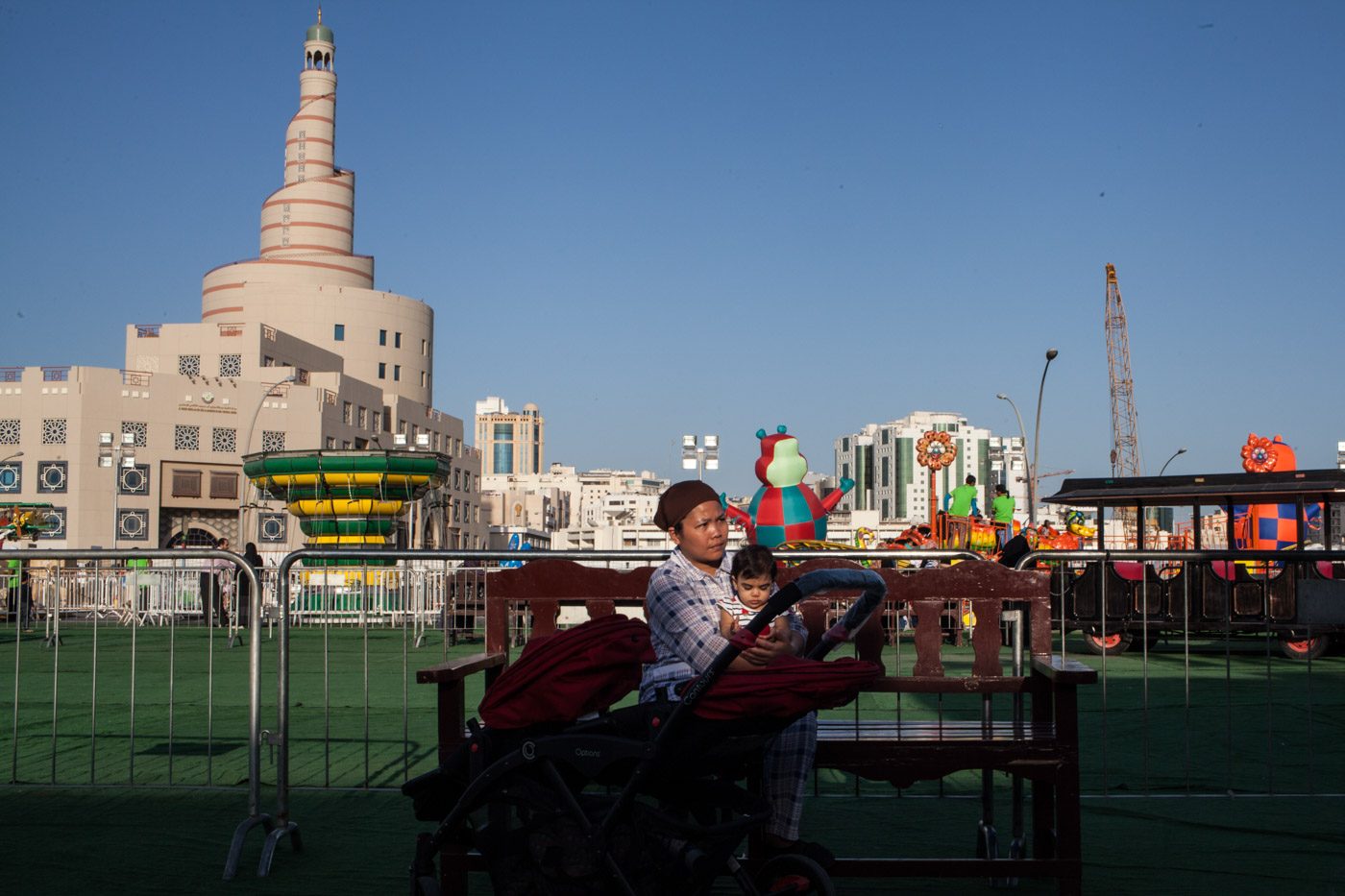
Some labor migrants get no days off at all. For domestic workers, the workplace and the home are one place. Days off and free time are blurred and many employers do not honor it. Qatar passed a domestic worker law last September. Until then, domestic workers were not included in the law and had very little labor protections.
Labor rights groups praised the passage of the Domestic Worker law but said it was “insufficient.” – Rappler.com
*1 QAR = P13.82
Reporting for this story was supported by a grant from the Pulitzer Center on Crisis Reporting.
Add a comment
How does this make you feel?
There are no comments yet. Add your comment to start the conversation.